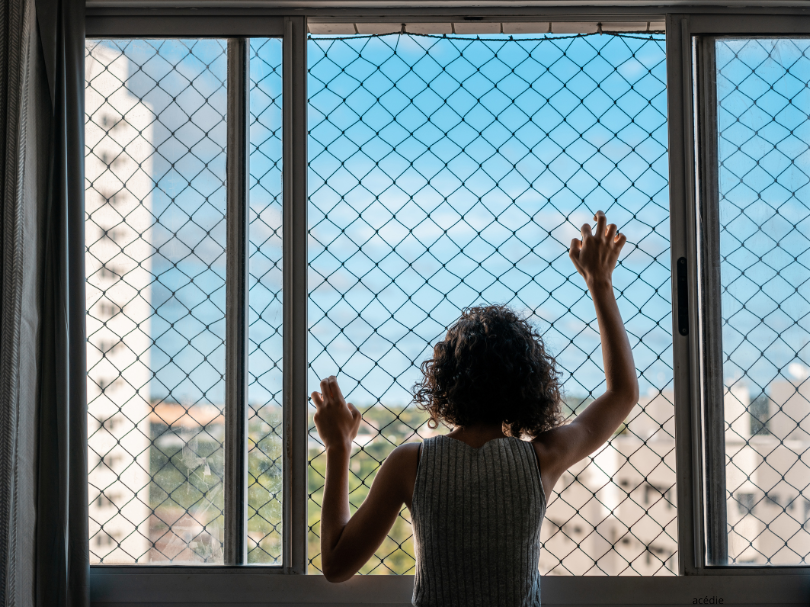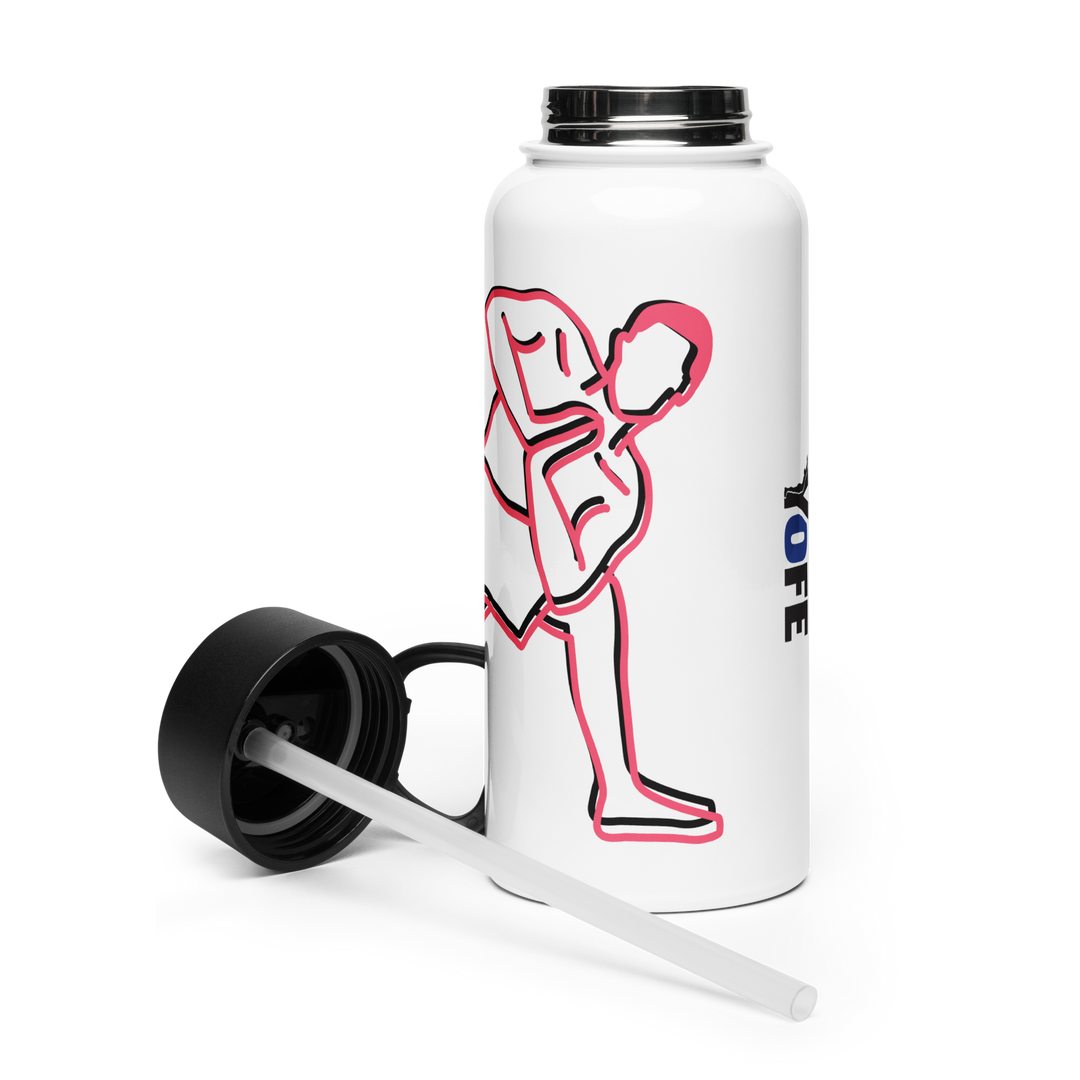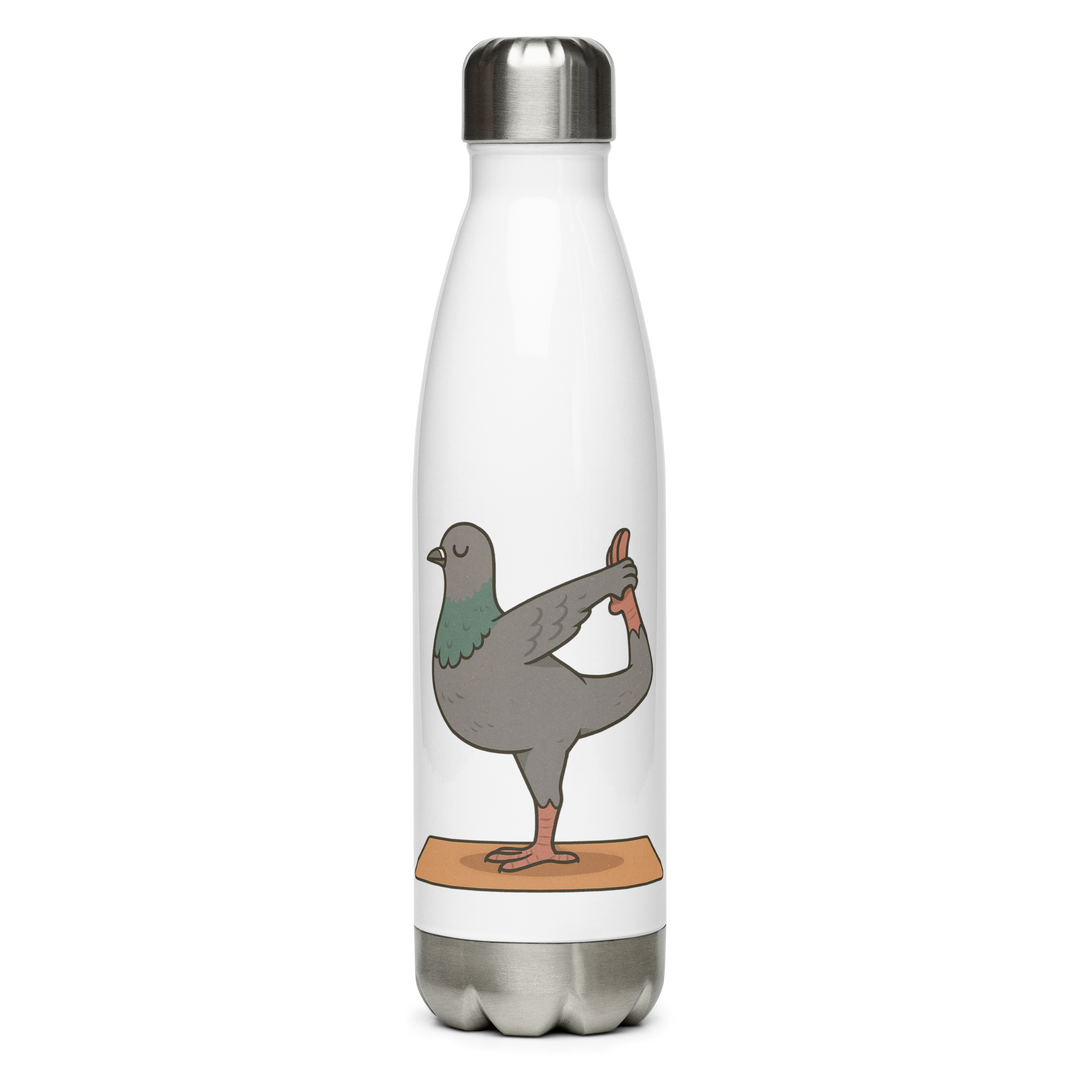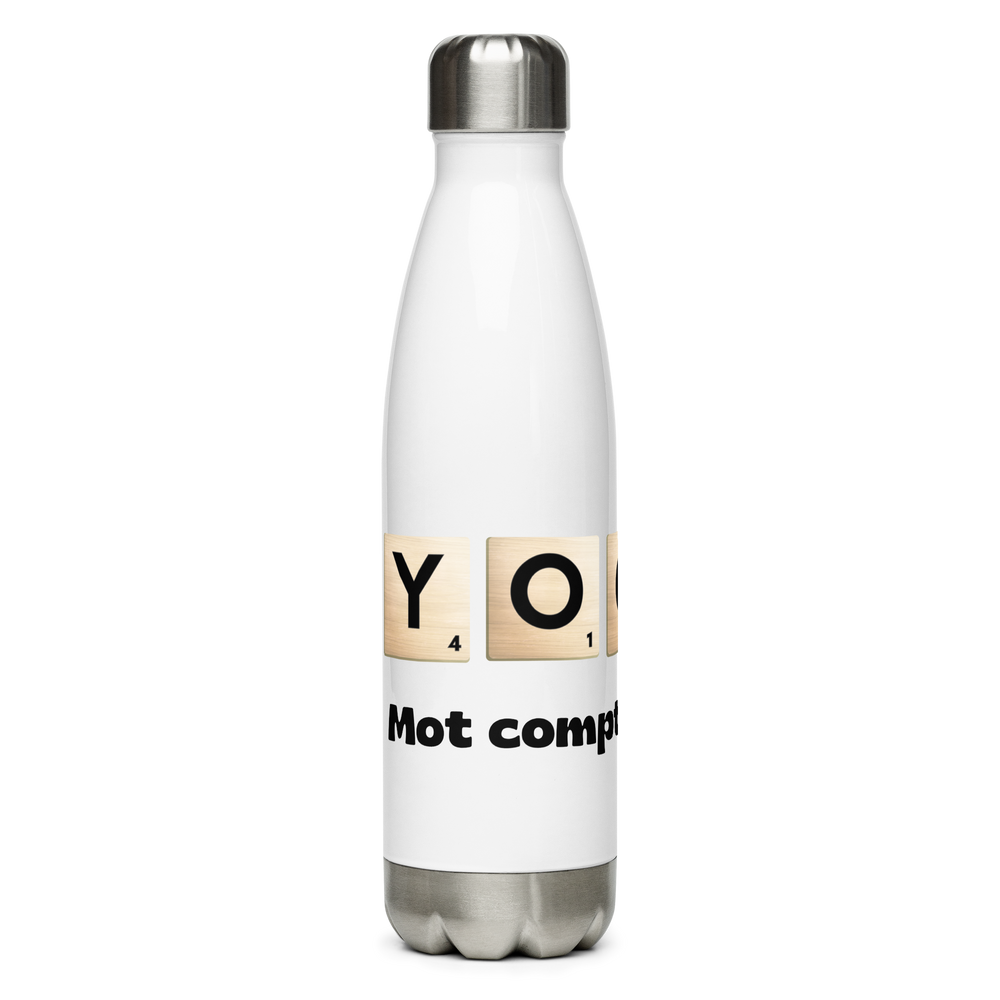Acedia and Yoga: How to regain energy and serenity through practice

Do you sometimes feel overwhelmed by a deep weariness, as if everything lacks flavor and meaning? This state has a name: acedia.
More than just a slump, acedia is a kind of emotional and spiritual apathy. While this concept has its origins in the monastic traditions of the Middle Ages, it resonates particularly well in our modern world, often marked by stress, overstimulation, and a lack of connection to oneself.
Good news: yoga offers a gentle and powerful way to overcome this torpor and regain inner harmony.
Symptoms of acedia in our daily lives
Acedia manifests itself in different ways, sometimes subtle:
- A loss of motivation for activities that were once enjoyable.
- Persistent mental fatigue, even after a good night's sleep.
- A feeling of emptiness, as if something essential was missing.
- Sometimes, physical tensions or diffuse pain appear, reflecting inner discomfort.
Yoga, by reconnecting the body and mind, can become a valuable ally in breaking this vicious circle.
Yoga: an ancient practice to calm the mind
Yoga isn't just about impressive poses or flexibility workouts. It's above all a philosophy of life based on the union of body, mind, and breath. Here's why it's so effective against acedia:
- Asanas (postures) release accumulated tension in the body, often responsible for mental fatigue.
- Pranayama (breathing) calms the nervous system, reducing stress and anxiety.
- The practice invites you to live in the present moment, a powerful antidote to the feeling of emptiness.
Specific sequences and postures to combat acedia
Certain postures are particularly effective for reviving energy and calming the mind:
Opening postures :
-
- The Cobra (Bhujangasana) : It opens the rib cage, stimulates energy and helps fight depression.
- The Camel (Ustrasana) : An intense pose that helps release buried emotions.
Restorative postures :
-
- Child's Pose (Balasana) : Perfect for calming the mind and refocusing.
- The Corpse (Savasana) : Essential for deep relaxation.
A simple routine :
-
- Start with a few minutes of conscious breathing.
- Follow with 5 to 10 minutes of opening postures.
- End with a guided meditation or relaxation.
Meditation and mindfulness: complementary tools
Meditation plays a central role in reconnecting with oneself. It allows one to observe one's thoughts without judgment and find a space of inner calm.
Some tips to get started:
- Take 5 minutes each morning to breathe mindfully.
- Try a guided meditation focused on gratitude or joy.
- Remember: consistency matters more than duration.
Mindfulness, on the other hand, can be practiced in any activity: eating, walking, or simply breathing.
Cultivating Joy and Balance with Yoga
Yoga isn't just a set of techniques; it's an invitation to live life to the fullest. By cultivating a regular practice, you can not only soothe the symptoms of acedia, but also rediscover sources of joy and inspiration. Set an intention before each session: to regain your balance, release tension, or simply treat yourself to a moment of me.
Acedia, while burdensome, is not inevitable. Through yoga , you can regain energy, serenity, and self-confidence. Every breath, every posture, every moment of mindfulness is a step on the path to reconnecting with yourself.
So, why not roll out your mat and get started today?


















